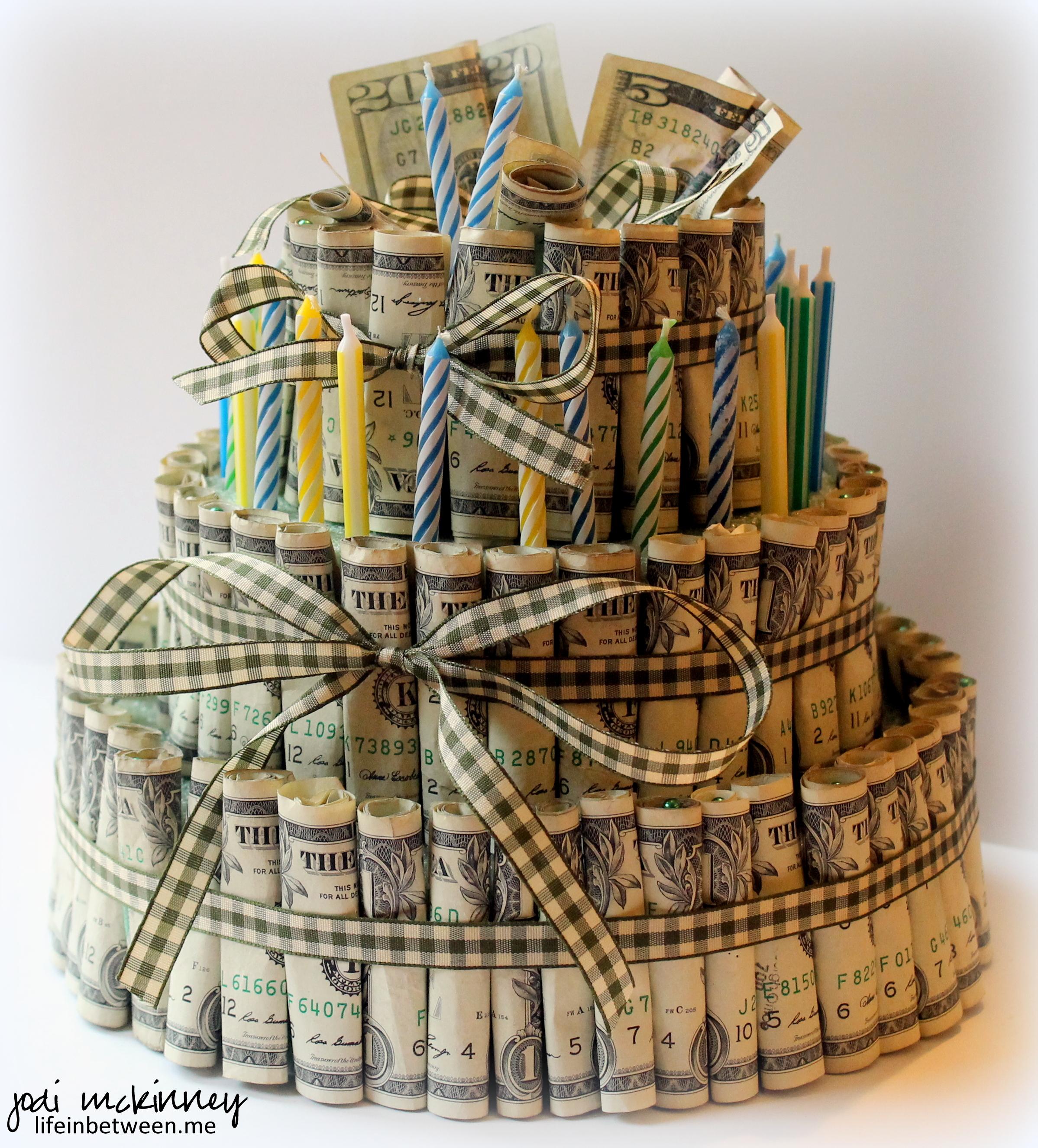How Is Money Made

Since the United States Constitution gave Congress power to “coin money and regulate the value thereof,” the locations and processes for making money have changed often. Today, the Bureau of Engraving and Printing produces paper money in two facilities, while the U.S. Mint makes coins in four different places.

Bank money, or broad money (M1/M2) is the money created by private banks through the recording of loans as deposits of borrowing clients, with partial support indicated by the cash ratio. Currently, bank money is created as electronic money. How to send money. MoneyGram offers convenient money transfer options. It's easy to send money online or in person; for cash pick-up or direct to a bank. We also offer inmate services & transfers to mobile wallets. Send money online. Select a receiver. What is Paper Money Made Out Of Paper and Ink While most paper used for such items as newspapers and books is primarily made of wood pulp, the currency paper made specifically for the Bureau of Engraving and Printing (BEP) is composed of 75% cotton and 25% linen – with the security thread and watermark built in.
How Is Money Made
The paper and ink used in the production of U.S. Paper currency is as distinct as its design. The paper, with the exception of $100 paper, comes to the BEP in brown paper-wrapped loads of 20,000 sheets (two pallets of 10,000 sheets). $100 paper comes to the BEP in loads of 16,000 sheets (two pallets of 8,000). Each of these sheets is tracked and accounted for as it passes through the production process.
How to install vios fog lamp brackets. The ordinary paper that consumers use throughout their everyday life such as newspapers, books, cereal boxes, etc., is primarily made of wood pulp; however, United States currency paper is composed of 75 percent cotton and 25 percent linen. This is what gives United States currency its distinct look and feel. For denominations of $5 and above, the security thread, and portrait or numberal watermarks are already built into the paper when it is received. Solomat mpm 500e manual transfer. For the $100 note, a 6mm wide 3-D security ribbon is woven into the paper.
Tilt the note back and forth while focusing on the blue ribbon. You will see the bells change to 100s as they move. When you tilt the note back and forth, the bells and 100s move side to side. When you tilt it side to side, they move up and down. This adds a highly advanced level of security to the note. All bills, regardless of denomination, utilize green ink on the backs. Faces, on the other hand, use black ink, color-shifting ink in the lower right hand corner for the $10 denominations and higher, and metallic ink for the freedom icons on redesigned $10, $20, and $50 bills. The $100 note's 'bell in the inkwell' freedom icon uses color-shifting ink. These and the other inks appearing on U.S.